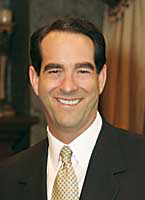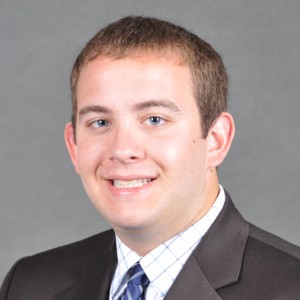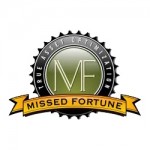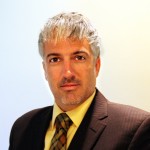
Direct Media Power
Radio advertisement powerhouse Direct Media Power, Inc. speaks about their exclusive service offerings and how radio can benefit most businesses.
A Gathering of Experts: Good morning, thank you for taking time to be with us today.
Direct Media Power: Thank you for having us.
A Gathering of Experts: Let’s get started, shall we? To begin, can you tell us a little about Direct Media Power? Specifically, for those who are unfamiliar with marketing terms, what is a direct response media firm?
Direct Media Power: Essentially what we do is create advertisements for our clients that elicit a direct response from their target consumer.
A Gathering of Experts: So would these be primarily businesses that do not require a retail environment?
Direct Media Power: Exactly–anything personal service. Think credit counseling, tax settlement, loan modification services, and specialized health products. There is a broad range of businesses we can work for effectively.
A Gathering of Experts: How does it work?
Direct Media Power: First, we visit with the client to find out exactly what they want and need. Then, we set to work researching the best markets. When we know where to advertise and who we are speaking to, we write, edit, and produce a radio commercial for our client to approve.
A Gathering of Experts: Where do these ads run?
Direct Media Power: We have access to virtually every corner of the country.
A Gathering of Experts: How does Direct Media Power stack up against media buyers and brokers?
Direct Media Power: First, they are not going to take any responsibility creating a commercial; we do. And, we pay for it as well. It is a free service to our clients. Also, we provide a monitored/recorded call center with live transfer capabilities. All this with a money back guarantee.
A Gathering of Experts: How do your clients track their results?
Direct Media Power: We use a third party real-time, online tracking service – which we also provide free of charge — that records every call that a campaign generates. There is no guessing here. Companies that work with us can “see, feel, and touch” the response and effectively manage their people and sales process.
A Gathering of Experts: We understand that you take on more of a partner role than just a service provider. Can you explain?
Direct Media Power: After initial cash testing, which is just a few thousand dollars in most cases, we will evaluate the volume of calls generated. Based on that, our clients may have the option to pay only for the future calls they actually receive instead of the airtime, which can get expensive.
A Gathering of Experts: That sounds like it affords your clients the opportunity to focus their capital on other aspects of their business.
Direct Media Power: It does. And, since we are a radio-only provider, we are great at what we do and can have the client’s message on-air in just a few days.
A Gathering of Experts: Very good to know. We look forward to speaking with you again in the future.
Direct Media Power: Thank you again.
Direct Media Power, Inc., the nation’s most trusted source for pay per call direct media response services, is located just outside of Chicago. The group has successfully placed over $50,000,000 in national radio advertising in just the last five years. The team at Direct Media Power enjoys working relationships with all major radio broadcast networks as well as with thousands of local stations.
For more information on how to turn radio into revenue, visit directmediapower.com

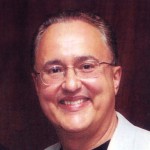
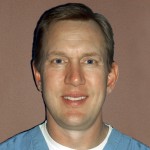

 TexasLending.com
TexasLending.com